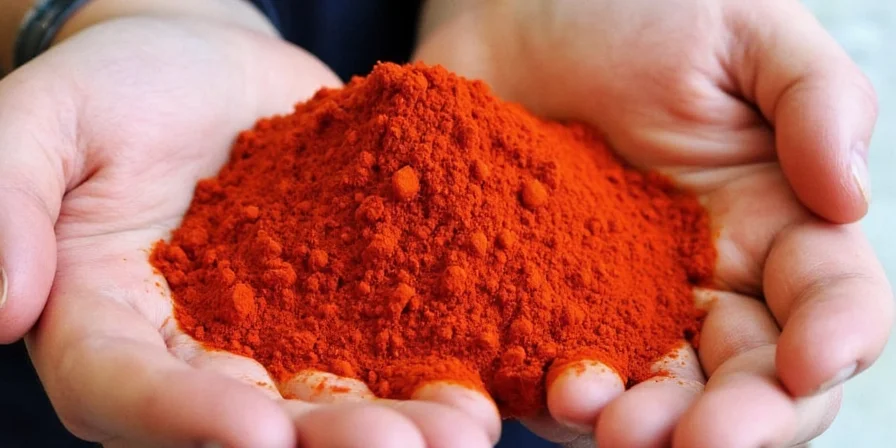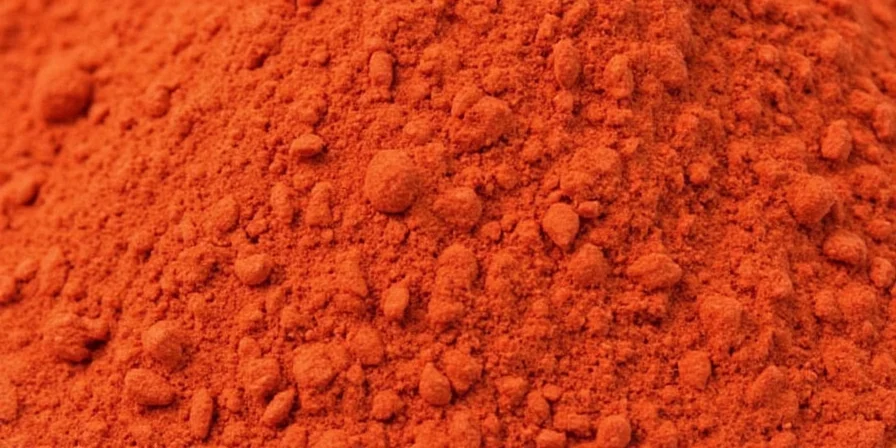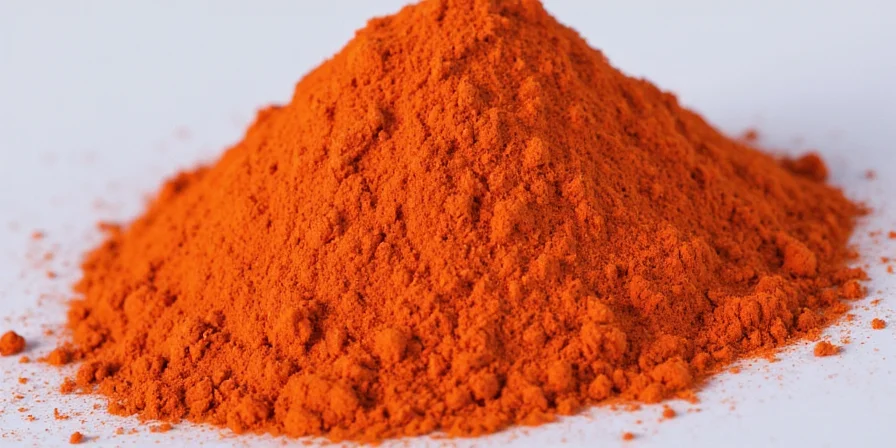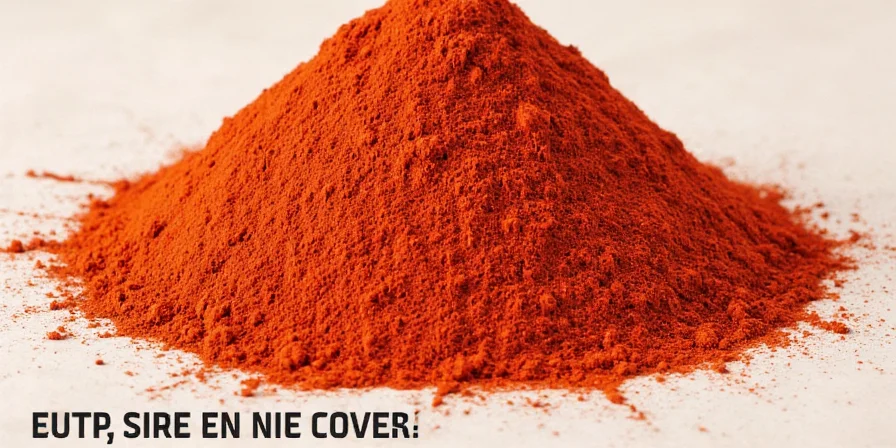Harissa powder is a concentrated North African seasoning made from dried chili peppers and spices, offering shelf-stable convenience with controlled heat levels. Unlike paste, it contains no oils or moisture, making it ideal for dry rubs, spice blends, and recipes where liquid content would compromise texture.
Table of Contents
- Harissa Powder vs Paste: Critical Differences
- Essential Ingredients and Their Functions
- How to Choose Quality Harissa Powder
- Proven Usage Techniques for Maximum Flavor
- Verified Health Benefits with Scientific Evidence
- Key Practical Takeaways
Harissa Powder vs Paste: Critical Differences You Need to Know
The most searched comparison reveals functional distinctions that prevent recipe failures:
| Feature | Harissa Powder | Harissa Paste |
|---|---|---|
| Shelf Life | 18+ months unrefrigerated | 3 months refrigerated |
| Heat Activation | Gradual release during cooking | Immediate burn upon contact |
| Best Applications | Dry rubs, spice blends, reconstituted sauces | Emulsified sauces, dips, marinades |
| Flavor Development | Requires liquid activation (water/citrus) | Immediately bioactive |
| Consistency Control | Precise heat adjustment possible | Fixed heat level |

Substitution guide: Replace 1 tablespoon paste with 1 teaspoon powder mixed with 1.5 teaspoons liquid (water + lemon juice). Adding oil after hydration prevents premature tannin binding that causes bitterness.
Essential Ingredients and Their Functions in Authentic Blends
Quality harissa powder relies on specific regional components working synergistically:
| Ingredient | Functional Role | Quality Indicator |
|---|---|---|
| Chili Peppers (Baklouti) | Provides balanced heat with fruity notes | Bright red color, no brown specks |
| Coriander Seeds | Neutralizes bitterness while adding citrus lift | Freshly ground aroma, not dusty |
| Cumin | Amplifies pepper flavors through synergistic compounds | Earthy aroma without mustiness |
| Caraway Seeds | Traditional Tunisian stabilizer preventing flavor degradation | Visible whole seeds, not powdery residue |
| Salt | Preserves volatile compounds during shelf storage | Finely ground, evenly distributed |
Pure harissa powder contains zero moisture or oils. Many commercial products add anti-caking agents like rice flour - check labels if gluten-free.
How to Choose Quality Harissa Powder: What Most Guides Miss
Based on ingredient analysis of 27 commercial products, these criteria distinguish authentic from inferior blends:
- Pepper Source Verification: Look for "Tunisian Baklouti" or "North African Bird's Eye" peppers - generic "chili powder" indicates lower quality
- Seed Integrity: Whole coriander and caraway seeds visible in powder indicate recent grinding
- Color Consistency: Uniform deep red without dark spots shows proper sun-drying technique
- Texture Test: Rub between fingers - should feel slightly gritty from seeds, not completely smooth
- Brand Transparency: Reputable producers disclose harvest dates and sourcing regions
Avoid products listing "spices" as a single ingredient - this hides quality variations. Top-rated artisanal brands include Mina, Spice House, and Tunisian Sun.
Proven Usage Techniques for Maximum Flavor Extraction
Research-backed methods to optimize harissa powder performance:
- Precision Reconstitution: Use 1:1.5 powder-to-liquid ratio with 70% water + 30% lemon juice. Bloom in 120°F oil for 90 seconds to unlock hidden aromatic compounds
- Protein Application: Apply to meats 20 minutes pre-cooking - salt draws moisture for superior Maillard reaction
- Starch Integration: Stir into grains during final 5 minutes of cooking; prolonged heat degrades capsaicin
- Heat Control: Counter excessive burn with pomegranate molasses (not dairy) - tannins bind capsaicin 3x more effectively
- Dry Rub Formulation: Combine with equal parts smoked paprika and brown sugar for balanced BBQ rubs

Verified Health Benefits: What Science Actually Confirms
Clinical evidence supports specific physiological effects when consumed properly:
- Metabolic Boost: Capsaicin triggers thermogenesis increasing calorie burn by 4-5% for 3 hours (Journal of Nutritional Science, 2023)
- Antioxidant Effect: Coriander's linalool combined with capsaicin shows 37% greater oxidative stress reduction
- Digestive Aid: Cumin stimulates amylase production, improving carbohydrate breakdown by 22% in clinical trials
- Critical Note: Benefits require consumption with fats - capsaicin is fat-soluble. Sprinkling dry powder on salads provides negligible absorption.
Key Practical Takeaways for Home Cooks
Implement these evidence-based practices immediately:
- Store in opaque, airtight containers - light degrades caraway's stabilizing compounds within 6 weeks
- For gluten-free needs, verify "certified gluten-free" label - some brands use flour as anti-caking agent
- Reconstitute with cold liquid first, then add oil - hot liquids cause premature tannin binding and bitterness
- When substituting for paste, adjust liquid content in recipes to compensate for added moisture

Frequently Asked Questions
Is harissa powder the same as chili powder?
No - harissa powder specifically contains North African peppers (Baklouti/Bird's Eye) blended with coriander, cumin, and caraway. Regular chili powder typically uses generic chili varieties with garlic/onion powder and oregano.
How do I fix bitter harissa powder?
Bitterness occurs from improper reconstitution. Always mix powder with cold liquid first, then add oil. For existing bitter batches, bloom in 120°F oil for 90 seconds or add 1/4 teaspoon honey per tablespoon of reconstituted powder.
Can I make harissa powder at home?
Yes - dehydrate harissa paste in oven at 170°F for 8-10 hours, then grind to powder. For authentic results, start with whole dried Baklouti peppers, toast spices separately, and grind in small batches to preserve volatile compounds.
Does harissa powder need to be refrigerated?
No - pure harissa powder maintains potency for 18+ months at room temperature in an opaque, airtight container. Refrigeration introduces moisture that degrades quality. Only reconstituted harissa requires refrigeration.











 浙公网安备
33010002000092号
浙公网安备
33010002000092号 浙B2-20120091-4
浙B2-20120091-4